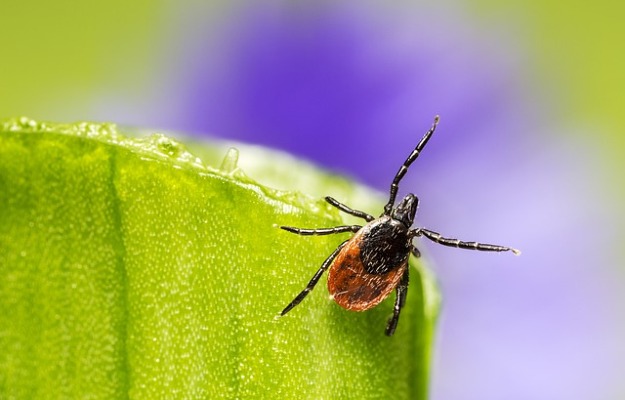If you’ve seen a dog with mange, you know that it is a skin condition that causes a lot of itching. In fact, many animals with this condition lose a lot of their fur as a result of excessive scratching.
Mange can affect several mammals, but it is most commonly seen in dogs. The main cause is parasitic mites.
Though highly contagious, mange is also completely and easily treatable. (In time, your gorgeous pet will also grow his/her fur back.)








































